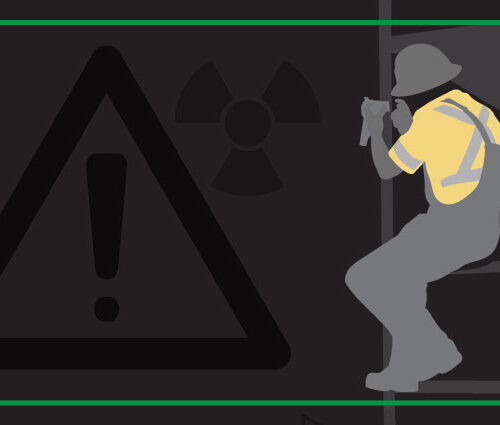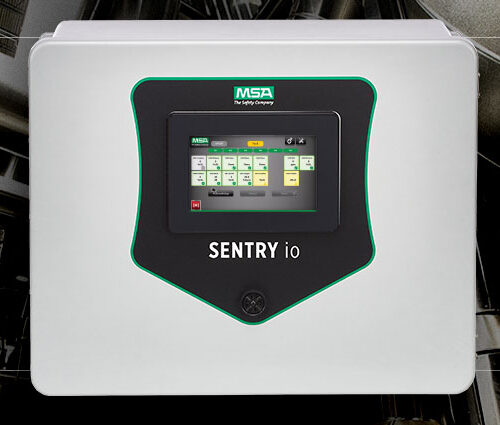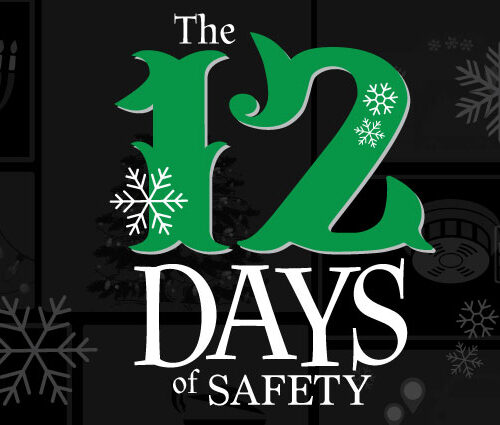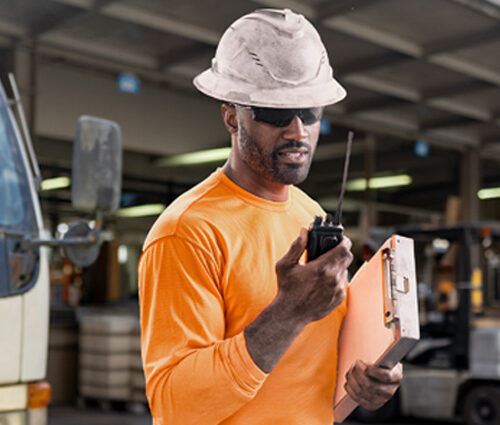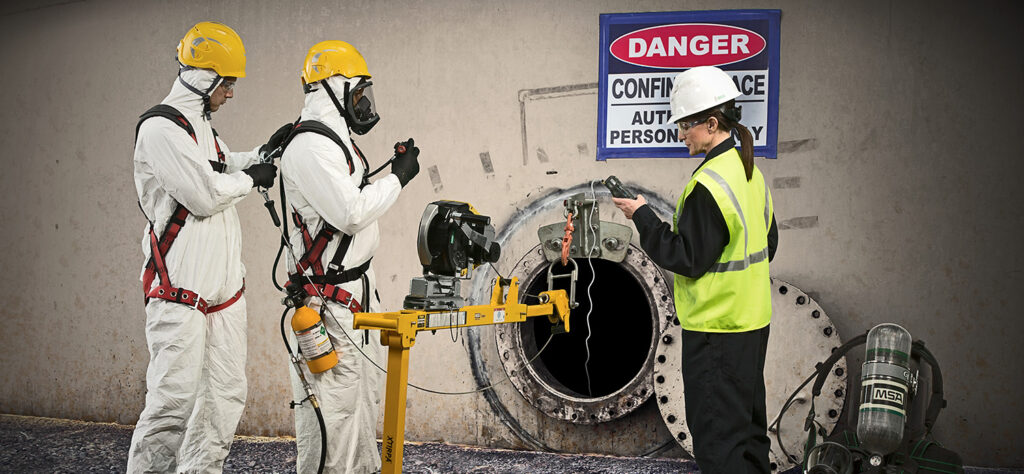
Planning is bringing the future into the present so that you can do something about it now.
Alan Lakein, Bestselling Author and Time Management Expert
Unfortunately, it’s true—confined spaces can be dangerous. Asphyxiation, falls, entanglements, and other hazards could harm workers who must enter such places. No one wants to hear the words, “They’re unresponsive!” or “The gas detector’s alarm has gone off!” but the fact of the matter is that mishaps can and do happen. Often, rescuers are injured as well as workers. So when an accident occurs and workers need help, you don’t want to be caught by surprise… you want to be ready. Readiness isn’t just being available to help at a moment’s notice. It also means preparedness—having a well-thought-out, well-practiced plan in place long before anyone enters a confined space. Not surprisingly, if you’ve determined your site meets the qualifications for a permit-required confined space, OSHA requires that you develop and implement a comprehensive system to deal with any emergencies which may arise. Below are some of the necessary elements of a sound ready-to-rescue plan:
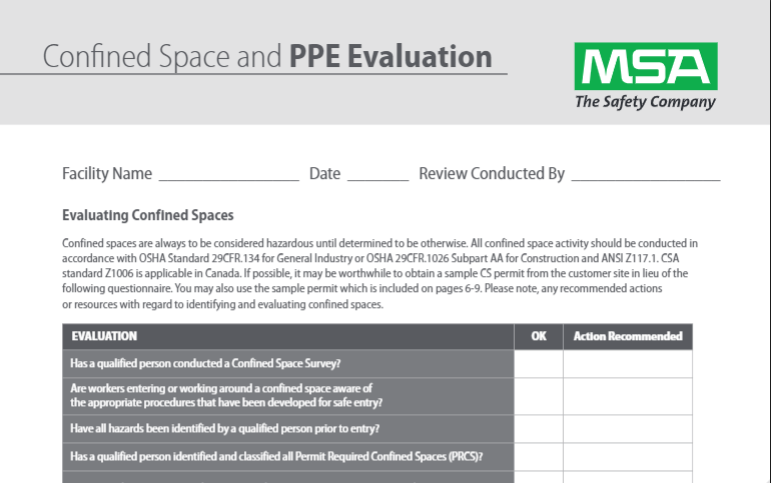
Using a tool like MSA Safety’s Confined Space and PPE Evaluation Form can help you make sure you’ve asked and answered many of the important questions concerning confined space entry for both workers and rescuers.
Download the Evaluation Form1. Must Do: Evaluate your site with rescue in mind
Planning for confined space emergencies begins with assessing your site’s unique situation. You’ve already considered what your workers need to perform their jobs; now you want to take into consideration what it would take to get them out safely. Ask these questions to help determine the type of rescue that may be needed:
- Can a worker exit the danger zone without assistance?
- Alternatively, if there is a potential issue, can an attendant retrieve the worker without entering the confined space?
- Or does your scenario require an efficient, thoroughly trained rescue team, either on call or on site?
2. Must Do: Calculate response time and rescue time
We’ll assume you’ve decided your particular circumstances require a rescue team. A critical criterion for selecting your team is the length of time it will take them to respond to an emergency and evacuate the worker. OSHA states that rescuers should “respond to a rescue summons in a timely manner, considering the hazard(s) identified.”1 Michael Roop, CSP, an experienced rescue team trainer, advises calculating rescue team response time with a simple formula: Response Time = Reaction Time + Contact Time + Travel Time + Assessment Time + Prep Time
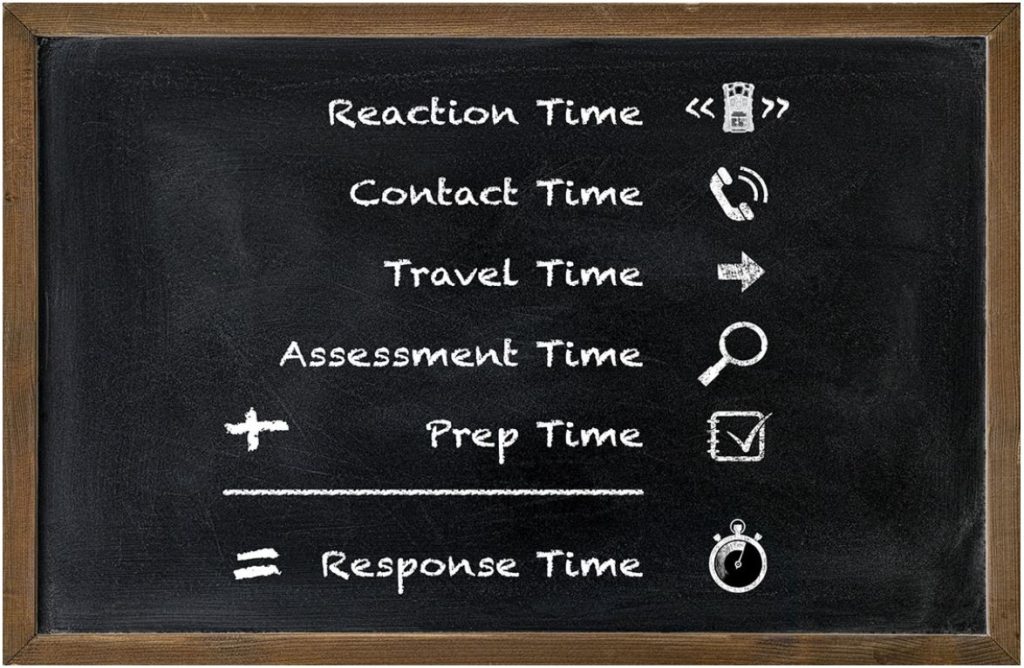
How long will it take to recognize that the worker may need assistance? How long will it take to inform the rescue team? How long will it take the team to arrive? How long will the team need to strategize the rescue and set up equipment? Roop’s formula for rescue time is as follows: Rescue Time = Time to Reach + Treat + Package + Evacuate the Victim
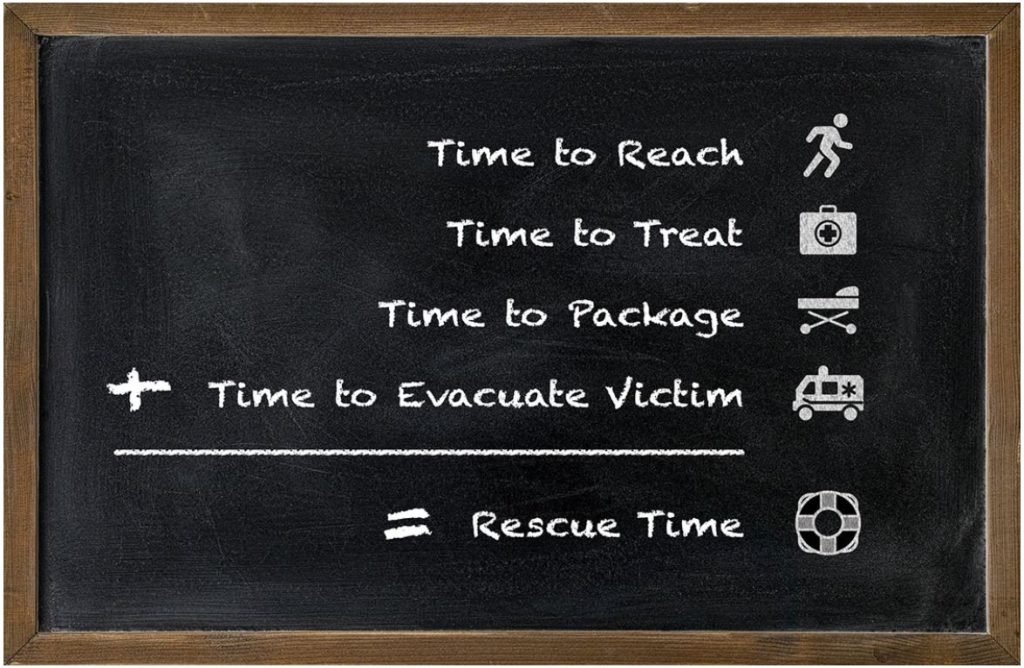
According to Roop, the whole rescue process “can take approximately forty-five minutes to an hour.” A trained team, he adds, should be able to accomplish the rescue in less than an hour. To learn more about rescue readiness—including response and rescue time—check out this webinar.
3. Must Do: Evaluate your prospective team
There are many more concerns to be addressed when selecting your rescue team. OSHA provides helpful criteria in 1910.146 App F, a non-mandatory appendix listing detailed questions useful for both an initial and a performance evaluation. Considerations include:
- How will rescuers communicate with you, each other, and the worker?
- Do rescuers have the necessary skills and equipment to meet your specific situation?
- Are they authorized to respond immediately?
- Who is in charge?
4. Must Do: Once You’ve Designated Your Rescue Team, Practice!
It goes without saying that practice can make the difference between chaotic, costly mistakes and calm, effective performance. Training for confined space rescue means—among other things—knowing how to use equipment and understanding potential complications. Training doesn’t stop with head knowledge, however; it also involves simulated rescue drills, both planned and surprise. OSHA requires that your team practices rescue operations once per year using dummies, manikins, or real people in representative spaces.2 Additionally, you must physically evaluate your team’s performance. “Test them,” advises Roop, “so you know you have a top-notch team.”
In sum, it’s the employer’s responsibility to ensure that workers in confined spaces can count on the quickest, most competent rescue attempt possible should things go wrong. It’s not enough for your rescue team to have good-looking PPE and nice-sounding promises—on the contrary, you should vet your team with regard to both qualifications and capabilities. Then, should an emergency occur, you’ll be ready to rescue! 1: OSHA 1910.146(k)(1)(i) 2: OSHA 1910.146(k)(2)(iv)


